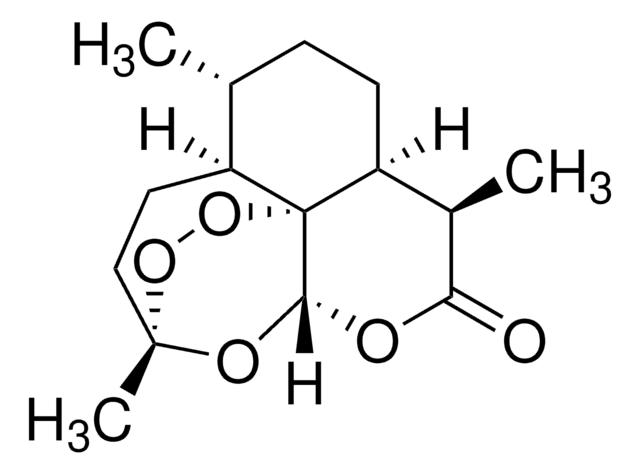930628
VH 032 amide-alkyl C3-acid
≥95%
Synonym(s):
(4R), (S,R,S)-AHPC-CO-C3-acid, L-Prolinamide, N-(4-carboxy-1-oxobutyl)-3-methyl-L-valyl-4-hydroxy-N-[[4-(4-methyl-5-thiazolyl)phenyl]methyl]
Sign Into View Organizational & Contract Pricing
All Photos(1)
About This Item
Empirical Formula (Hill Notation):
C27H36N4O6S
CAS Number:
Molecular Weight:
544.66
MDL number:
UNSPSC Code:
51471602
NACRES:
NA.21
Recommended Products
ligand
VH032
Quality Level
Assay
≥95%
form
powder
functional group
carboxylic acid
storage temp.
2-8°C
SMILES string
C([C@@H](NC(CCCC(O)=O)=O)C(C)(C)C)(=O)N1[C@H](C(NCC2=CC=C(C=C2)C3=C(C)N=CS3)=O)C[C@@H](O)C1
Application
VH 032 amide-alkyl C3-acid is a functionalized von-Hippel-Lindau (VHL) ligand with a terminal carboxyl group, allowing rapid conjugation of amine containing linkers. A basic building block for development of a protein degrader library.
Technology Spotlight: Degrader Building Blocks for Targeted Protein Degradation
Protein Degrader Building Blocks
Technology Spotlight: Degrader Building Blocks for Targeted Protein Degradation
Protein Degrader Building Blocks
Other Notes
Targeted Protein Degradation by Small Molecules
Destruction of DNA-Binding Proteins by Programmable Oligonucleotide PROTAC (O′PROTAC): Effective Targeting of LEF1 and ERG
Small-Molecule PROTACS: New Approaches to Protein Degradation
Targeted Protein Degradation: from Chemical Biology to Drug Discovery
Impact of linker length on the activity of PROTACs
Destruction of DNA-Binding Proteins by Programmable Oligonucleotide PROTAC (O′PROTAC): Effective Targeting of LEF1 and ERG
Small-Molecule PROTACS: New Approaches to Protein Degradation
Targeted Protein Degradation: from Chemical Biology to Drug Discovery
Impact of linker length on the activity of PROTACs
Storage Class Code
11 - Combustible Solids
WGK
WGK 3
Choose from one of the most recent versions:
Certificates of Analysis (COA)
Lot/Batch Number
Sorry, we don't have COAs for this product available online at this time.
If you need assistance, please contact Customer Support.
Already Own This Product?
Find documentation for the products that you have recently purchased in the Document Library.
Daniel P Bondeson et al.
Annual review of pharmacology and toxicology, 57, 107-123 (2016-10-13)
Protein homeostasis networks are highly regulated systems responsible for maintaining the health and productivity of cells. Whereas therapeutics have been developed to disrupt protein homeostasis, more recently identified techniques have been used to repurpose homeostatic networks to effect degradation of
Our team of scientists has experience in all areas of research including Life Science, Material Science, Chemical Synthesis, Chromatography, Analytical and many others.
Contact Technical Service




![(3S)-3-AMINO-4-([(1R)-1-METHYL-2-OXO-2-[(2,2,4,4-TETRAMETHYL-3-THIETANYL)AMINO]ETHYL]AMINO)-4-OXOBUTANOIC ACID AldrichCPR](/deepweb/assets/sigmaaldrich/product/structures/154/266/5b75083d-4dba-45ae-9212-79a0a326e646/640/5b75083d-4dba-45ae-9212-79a0a326e646.png)



